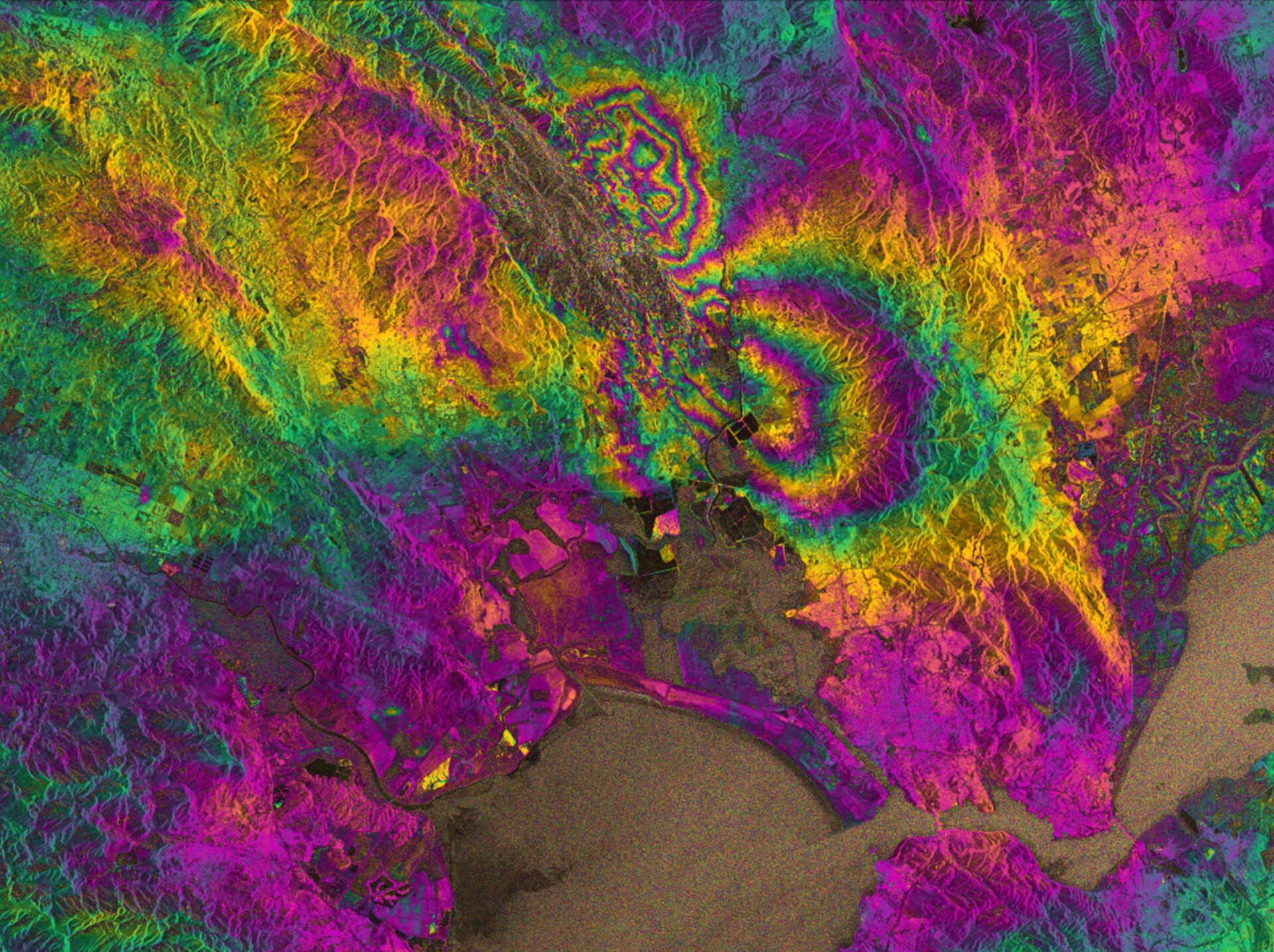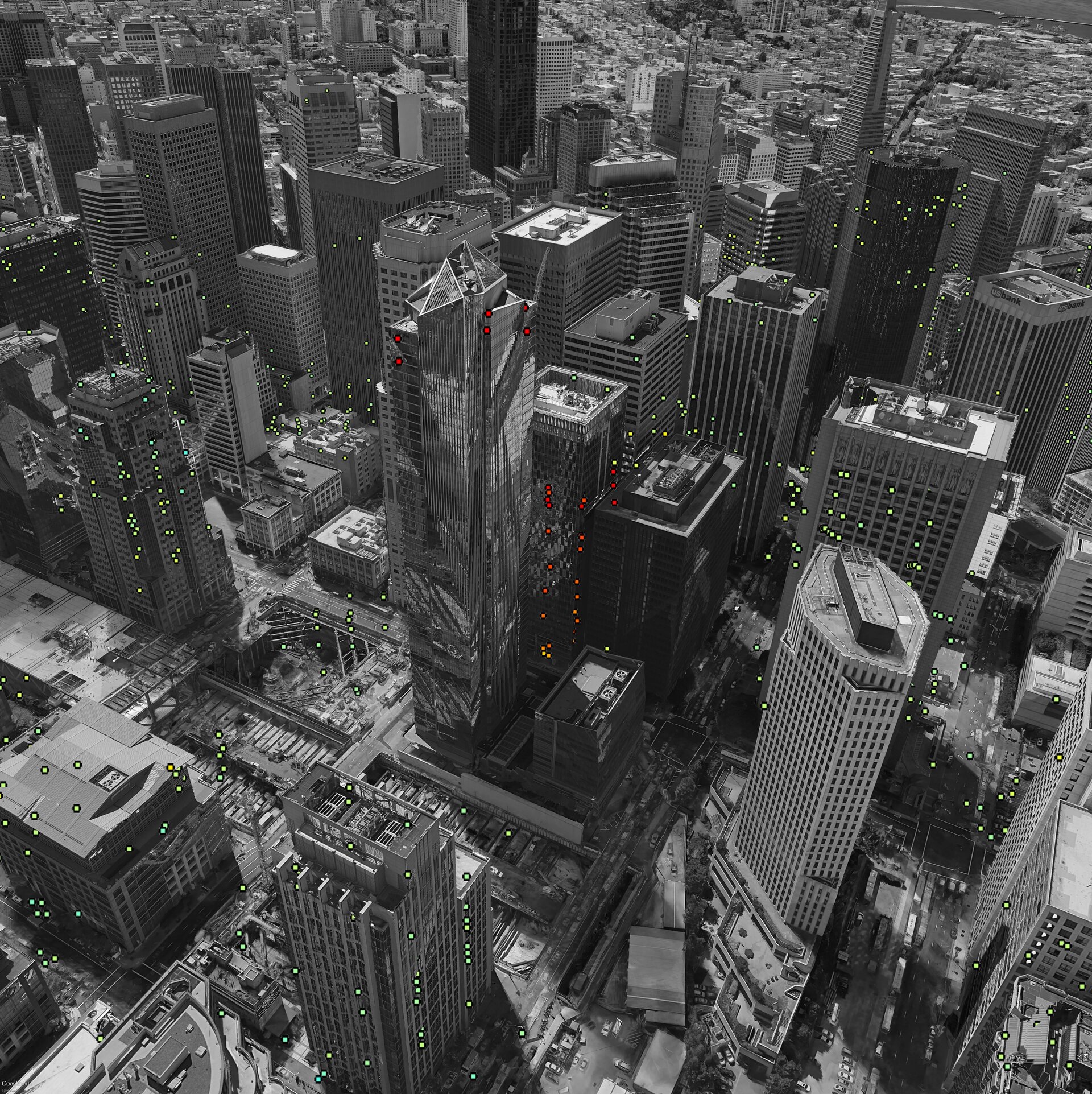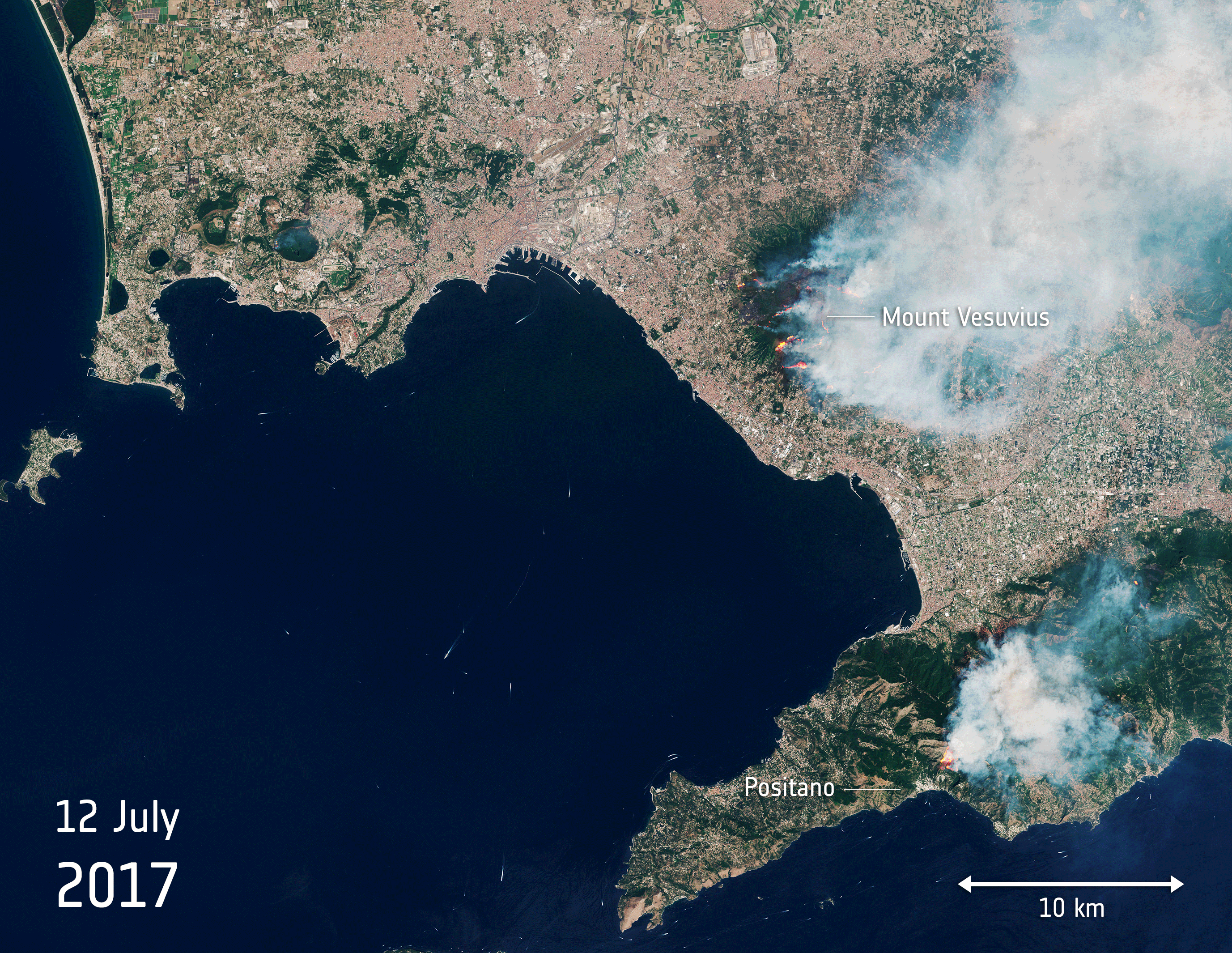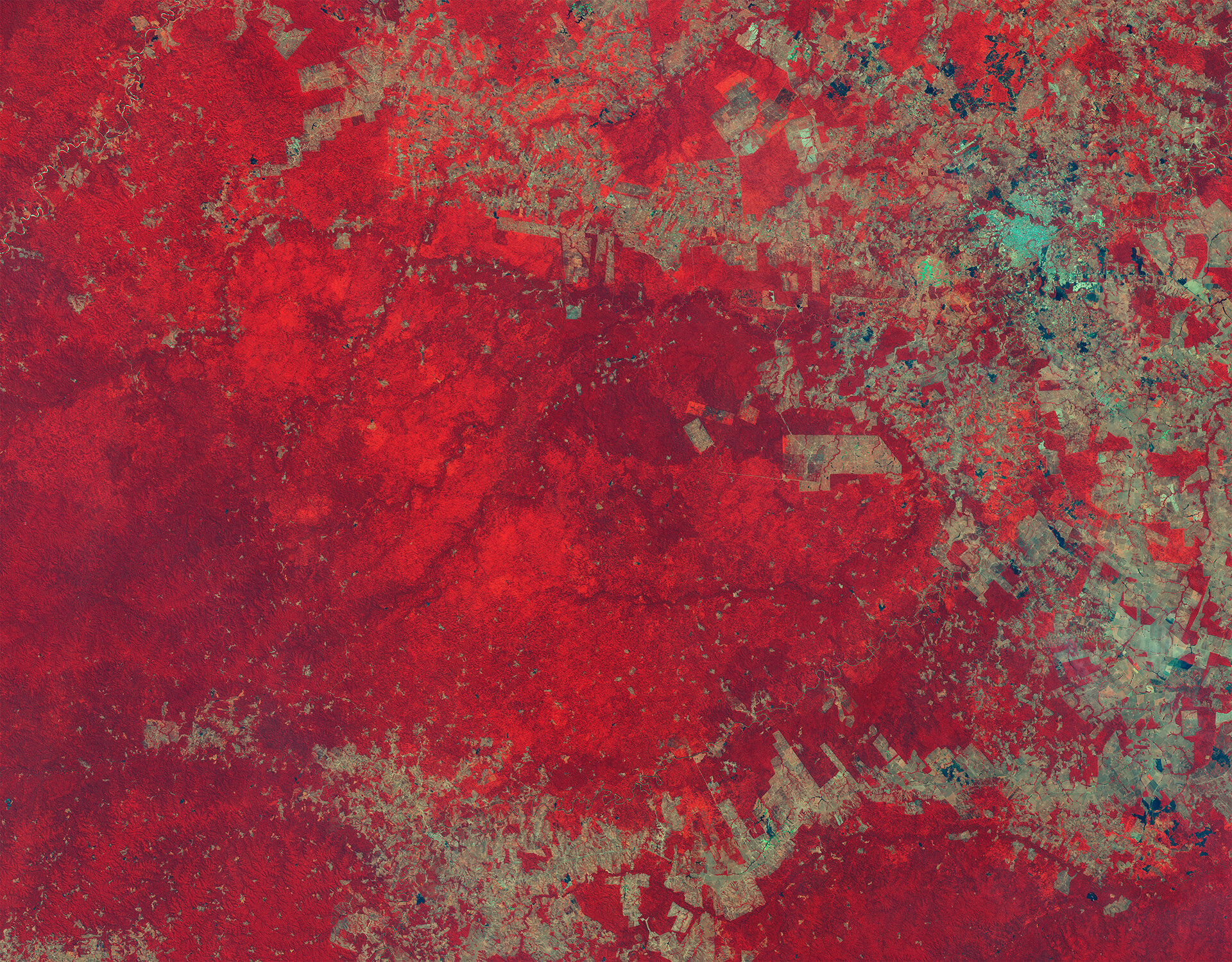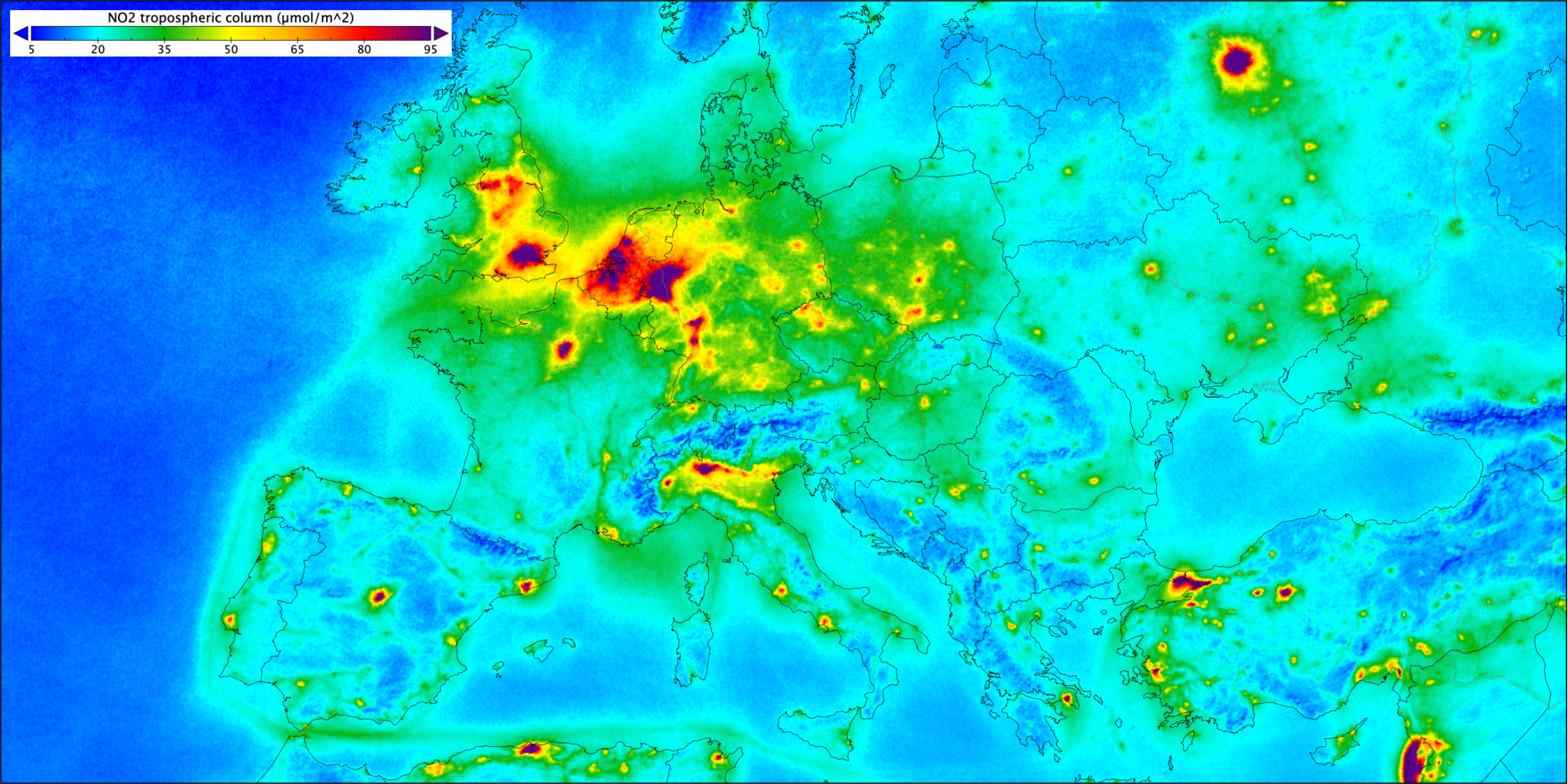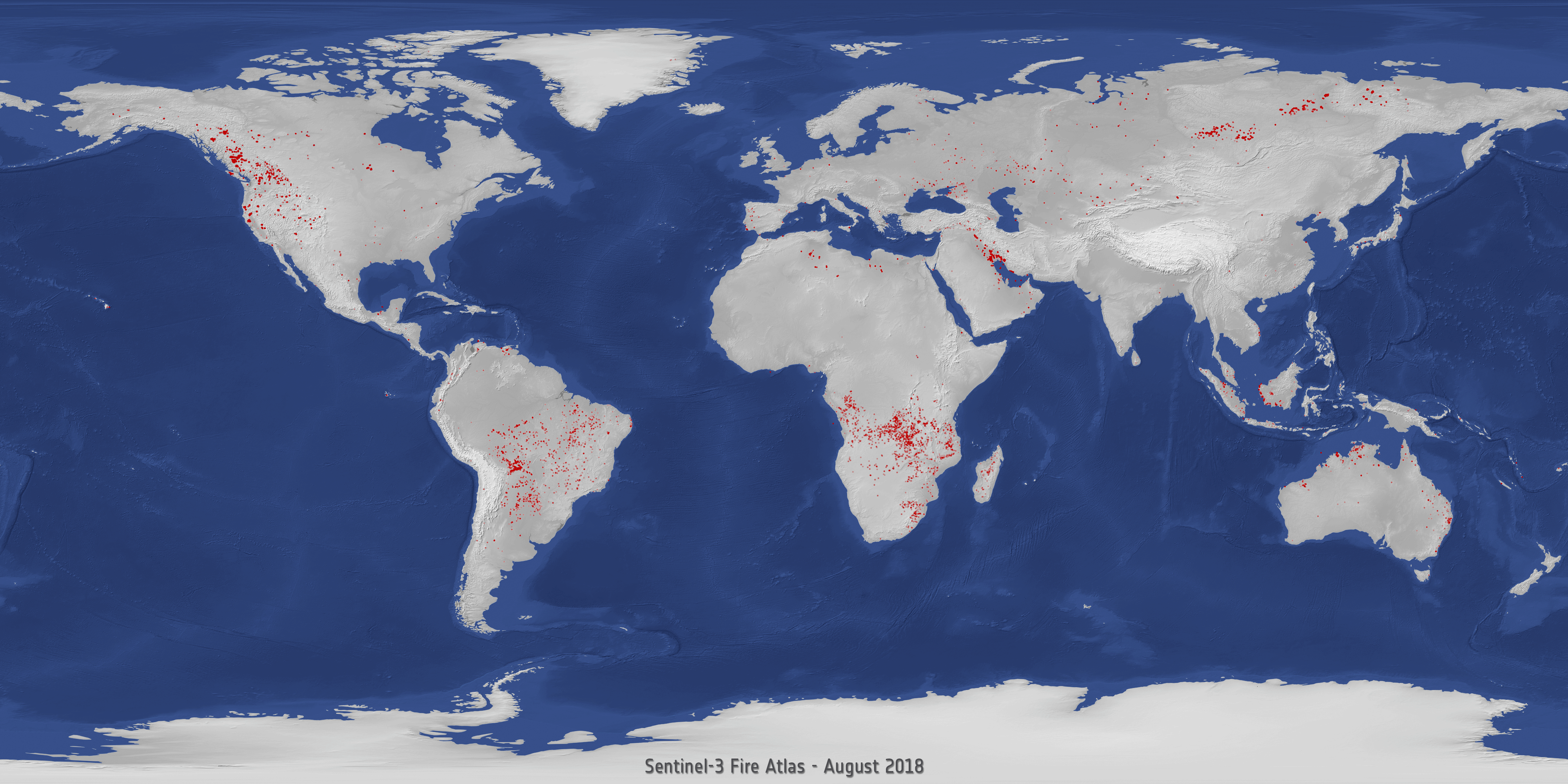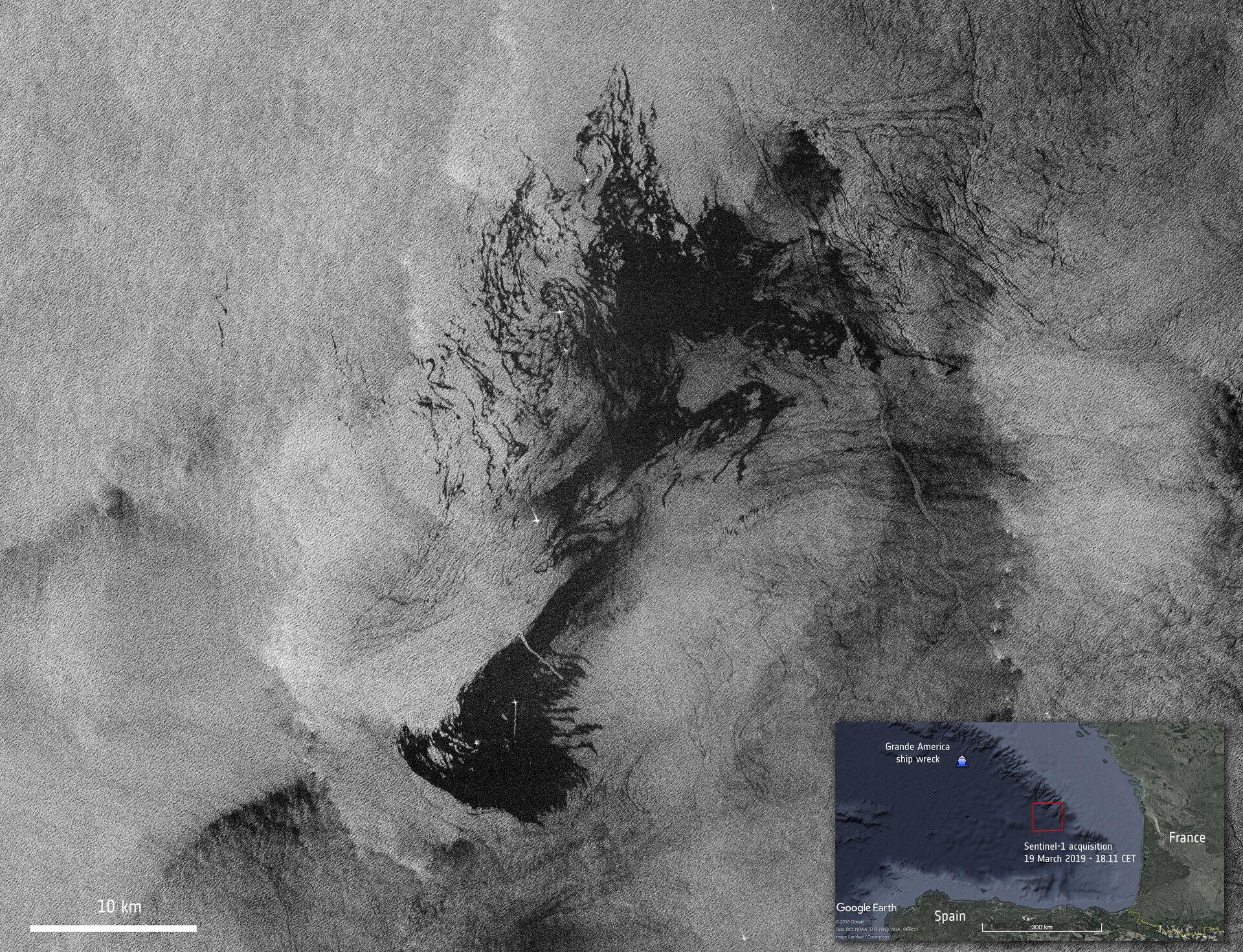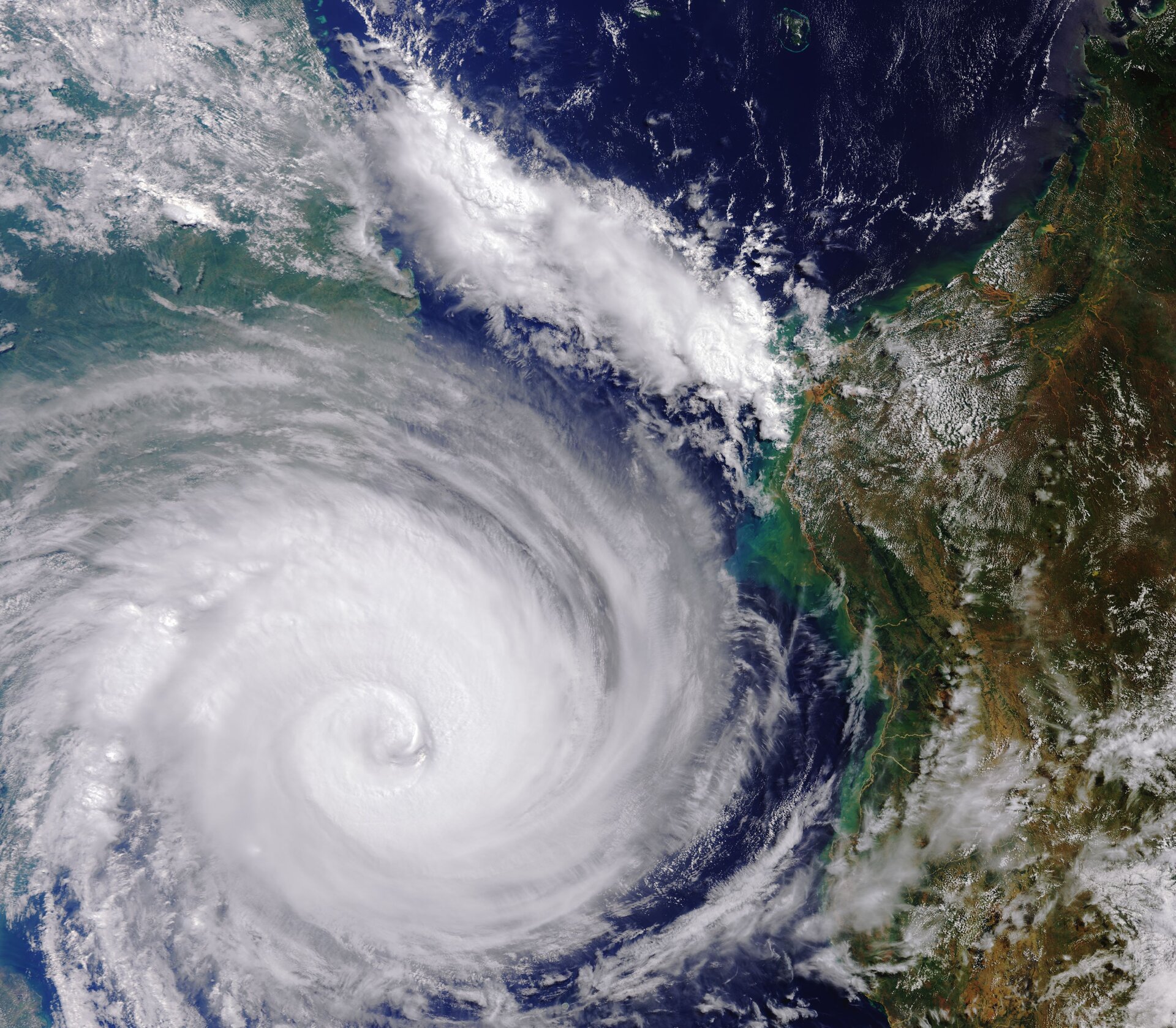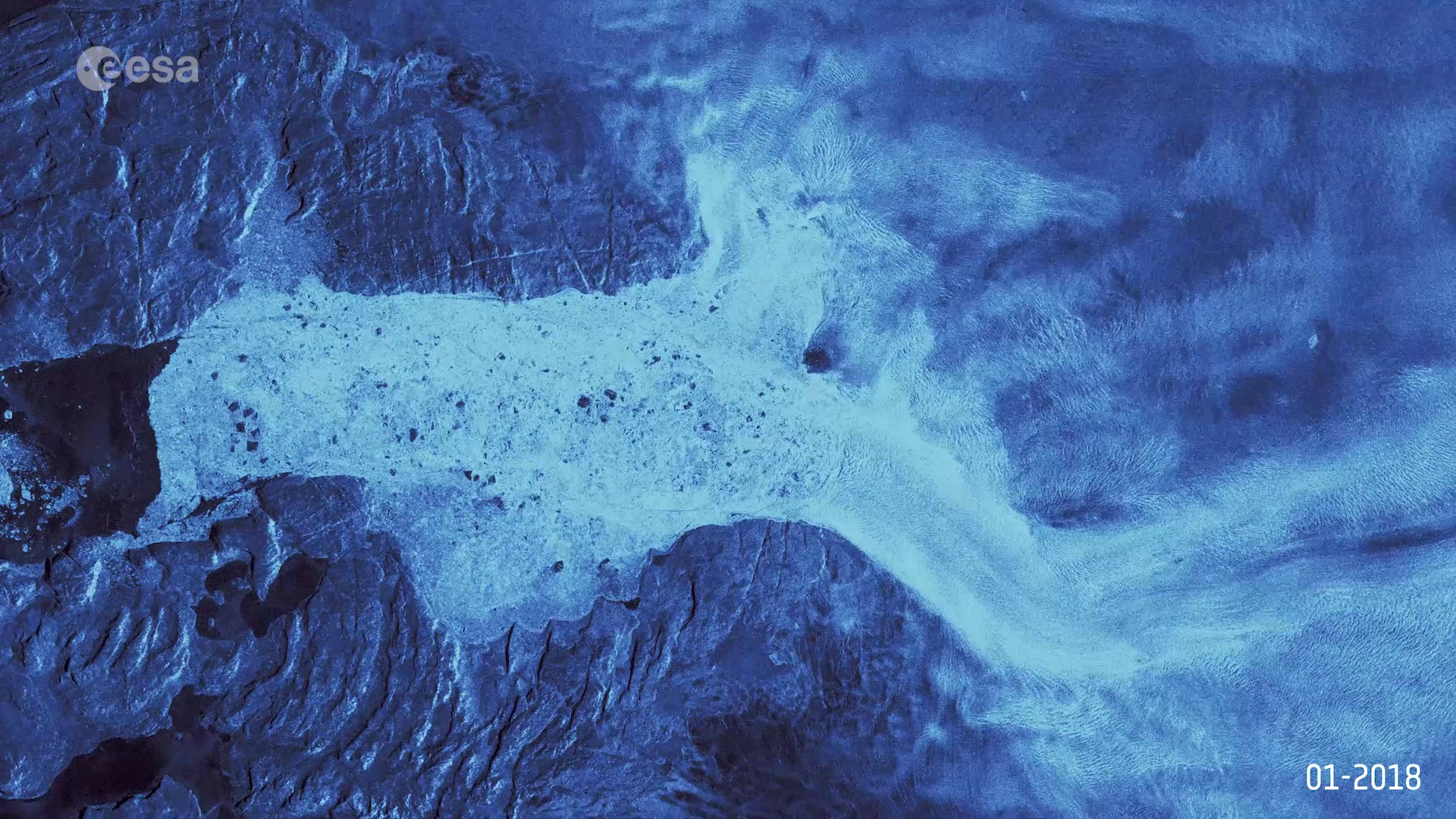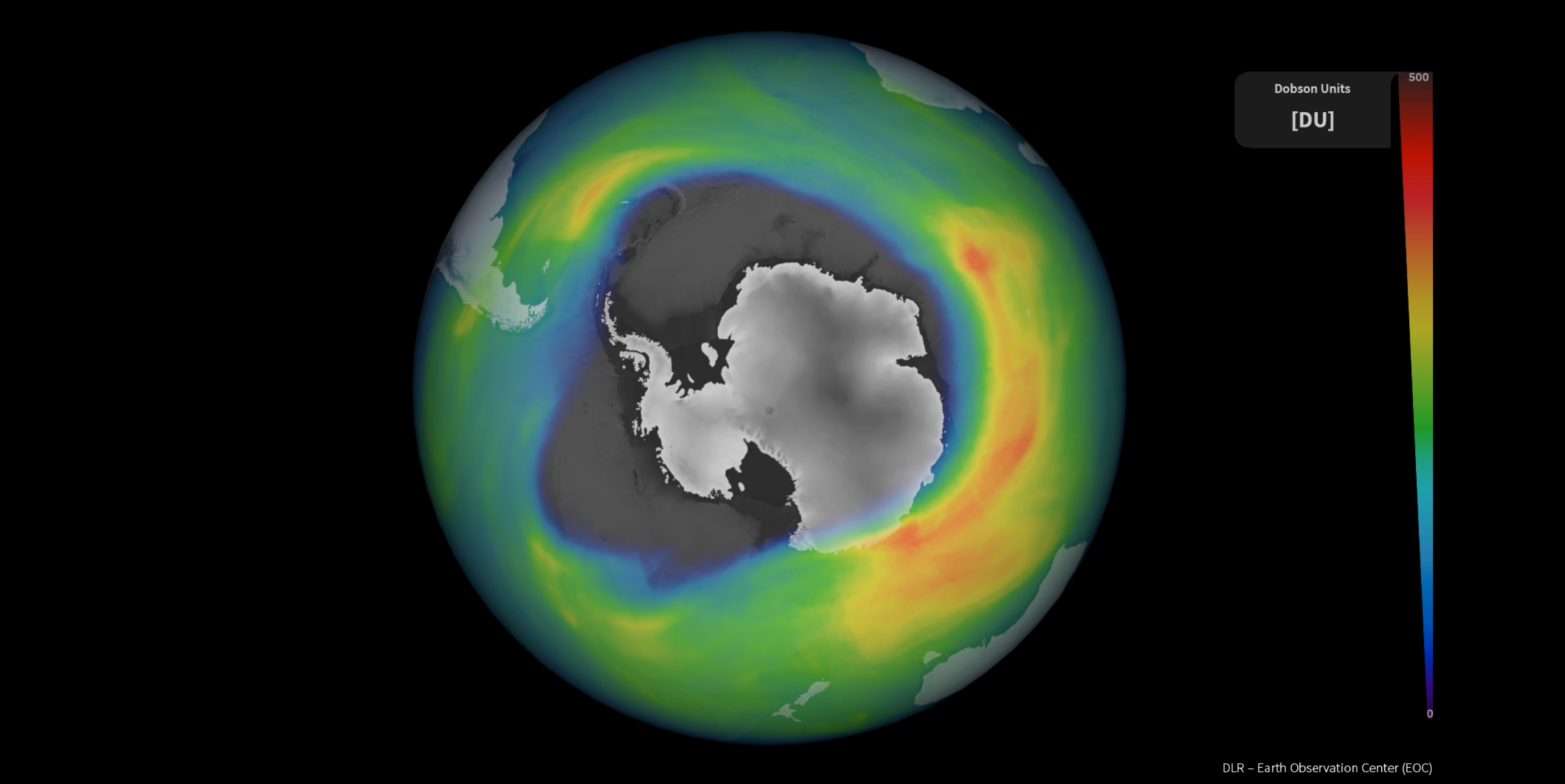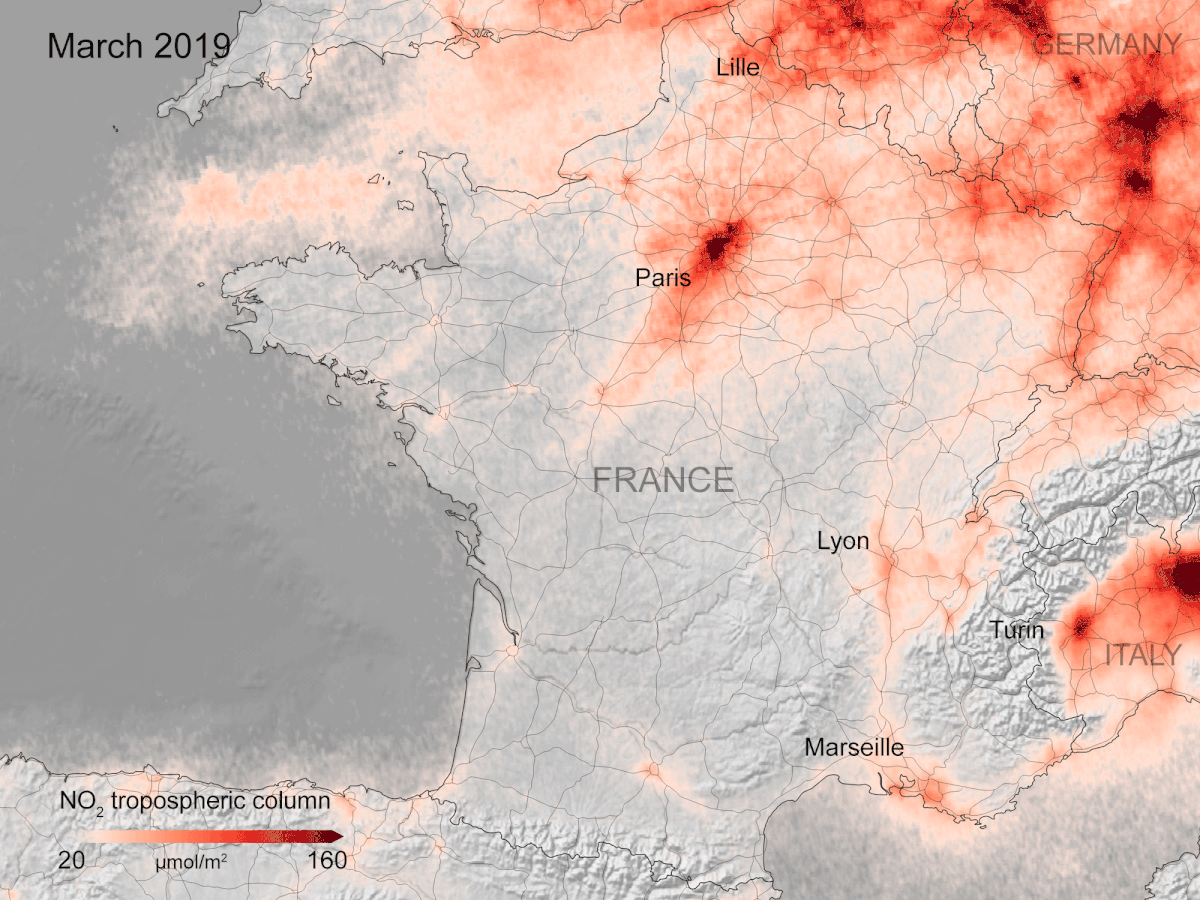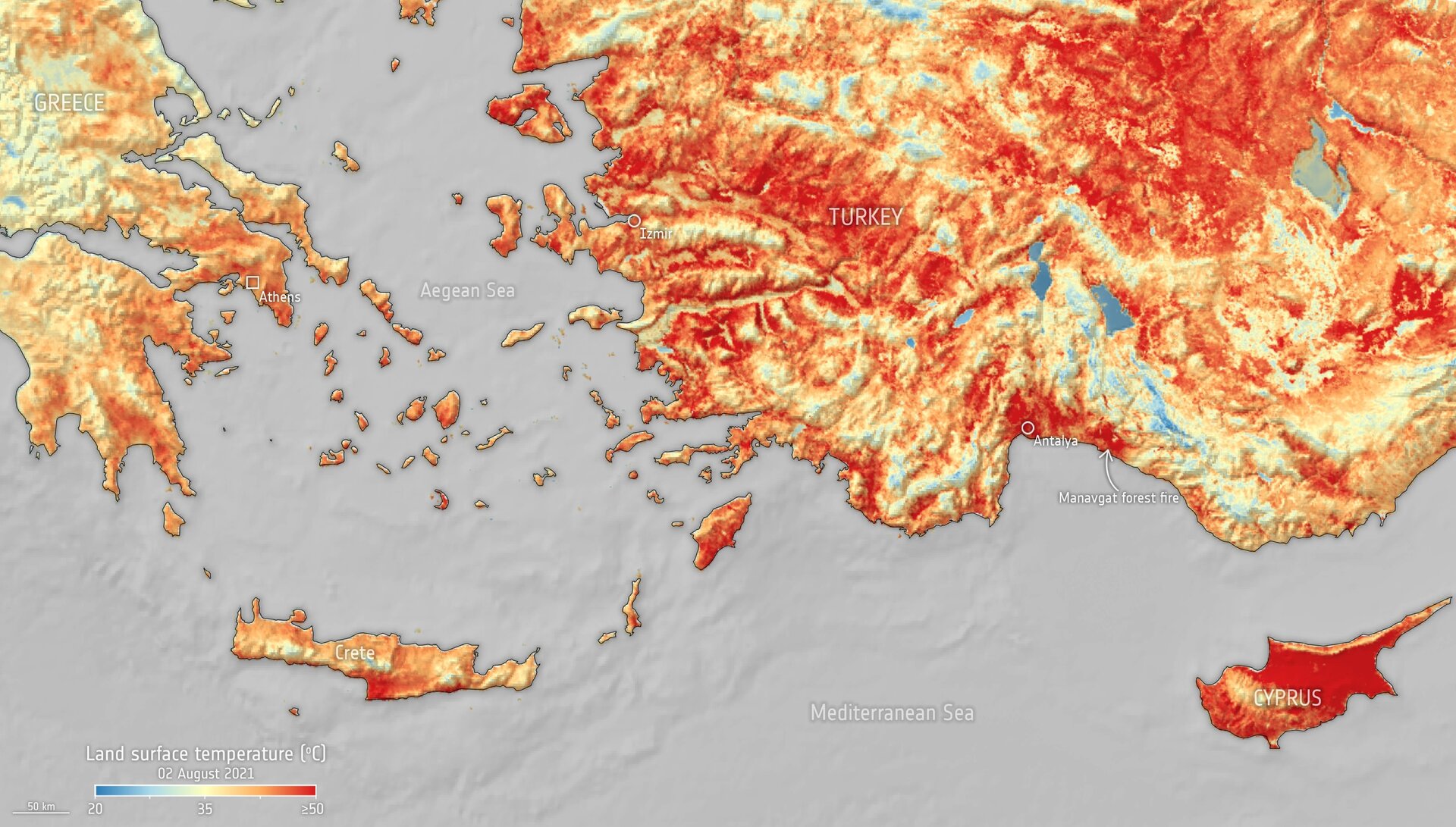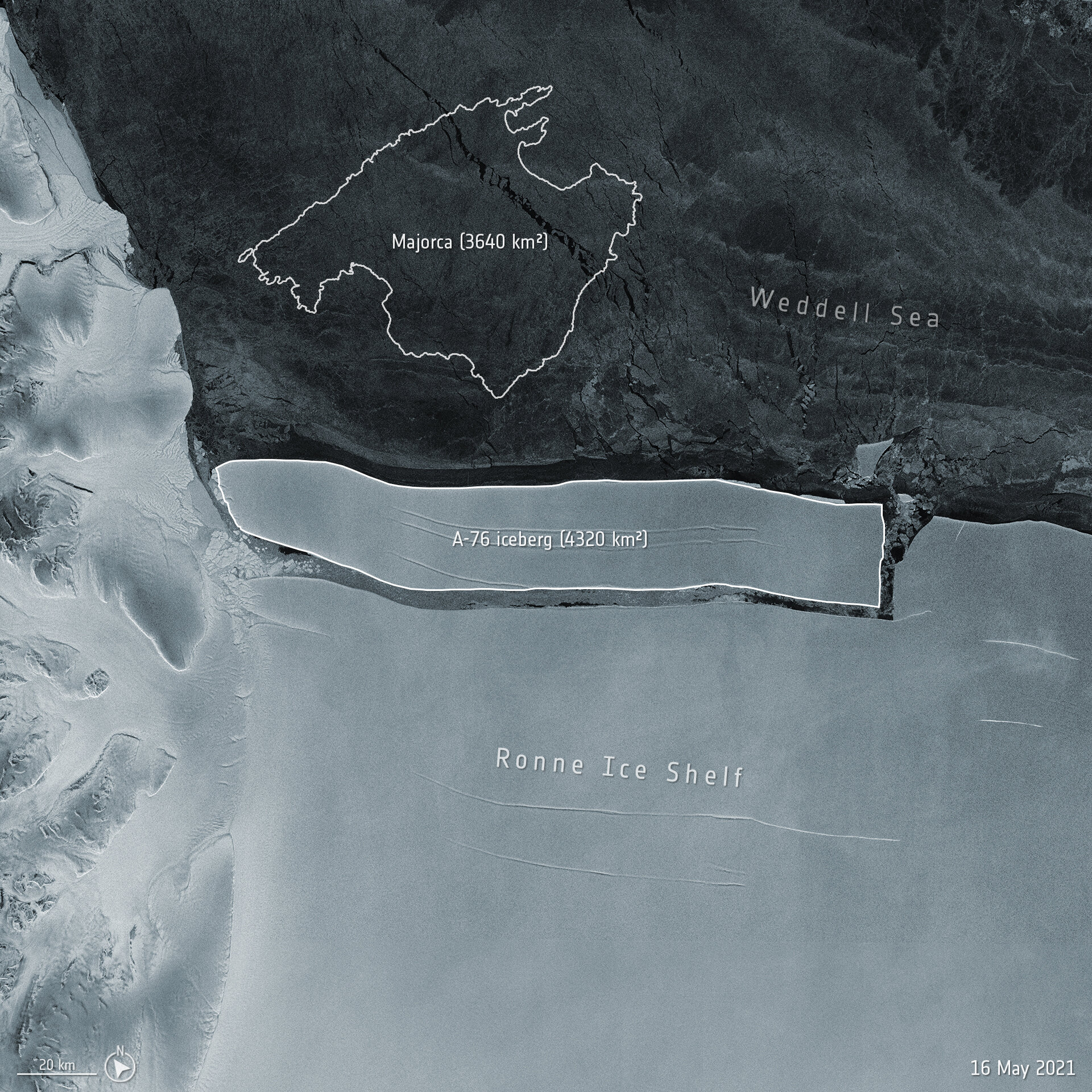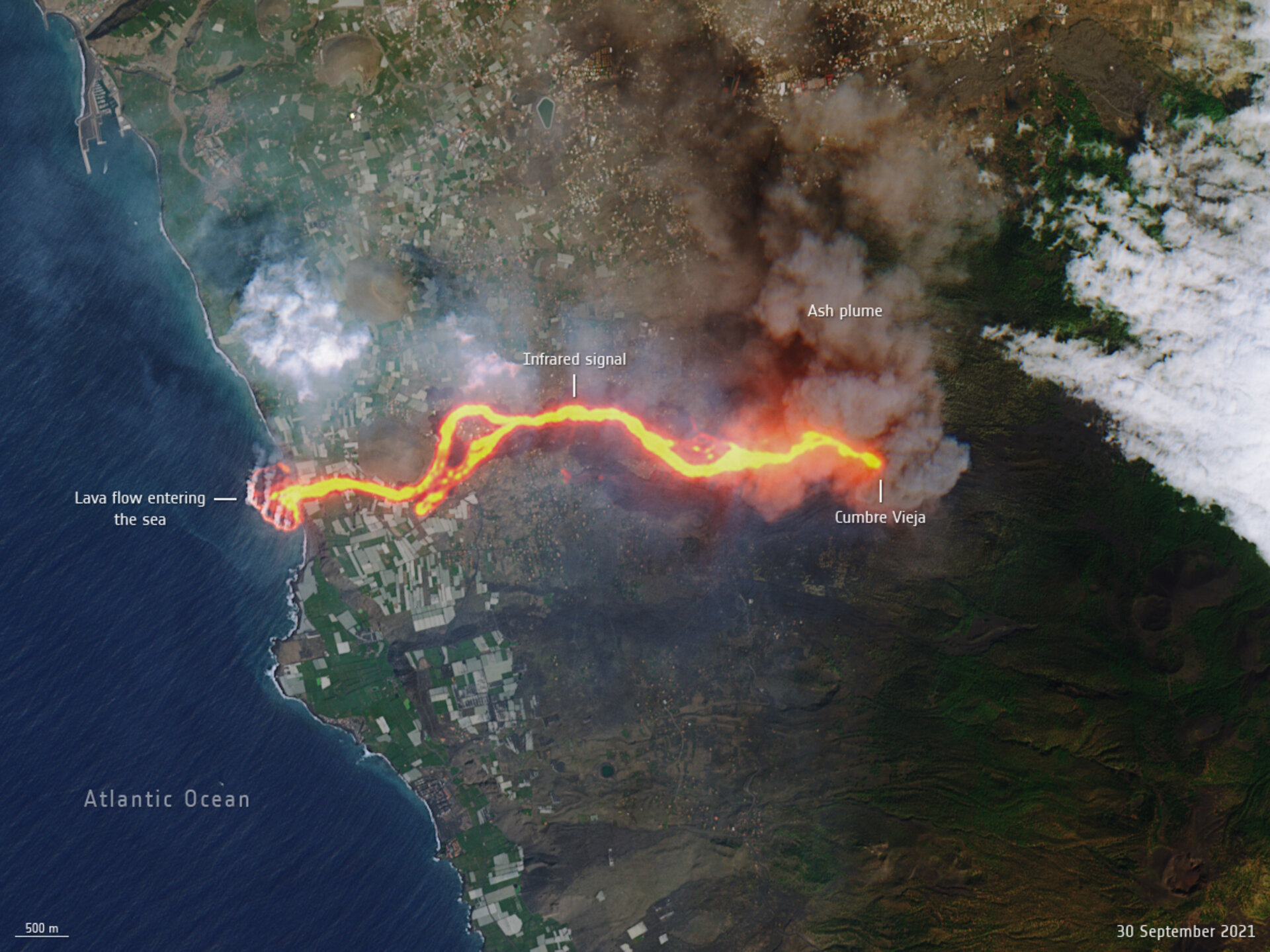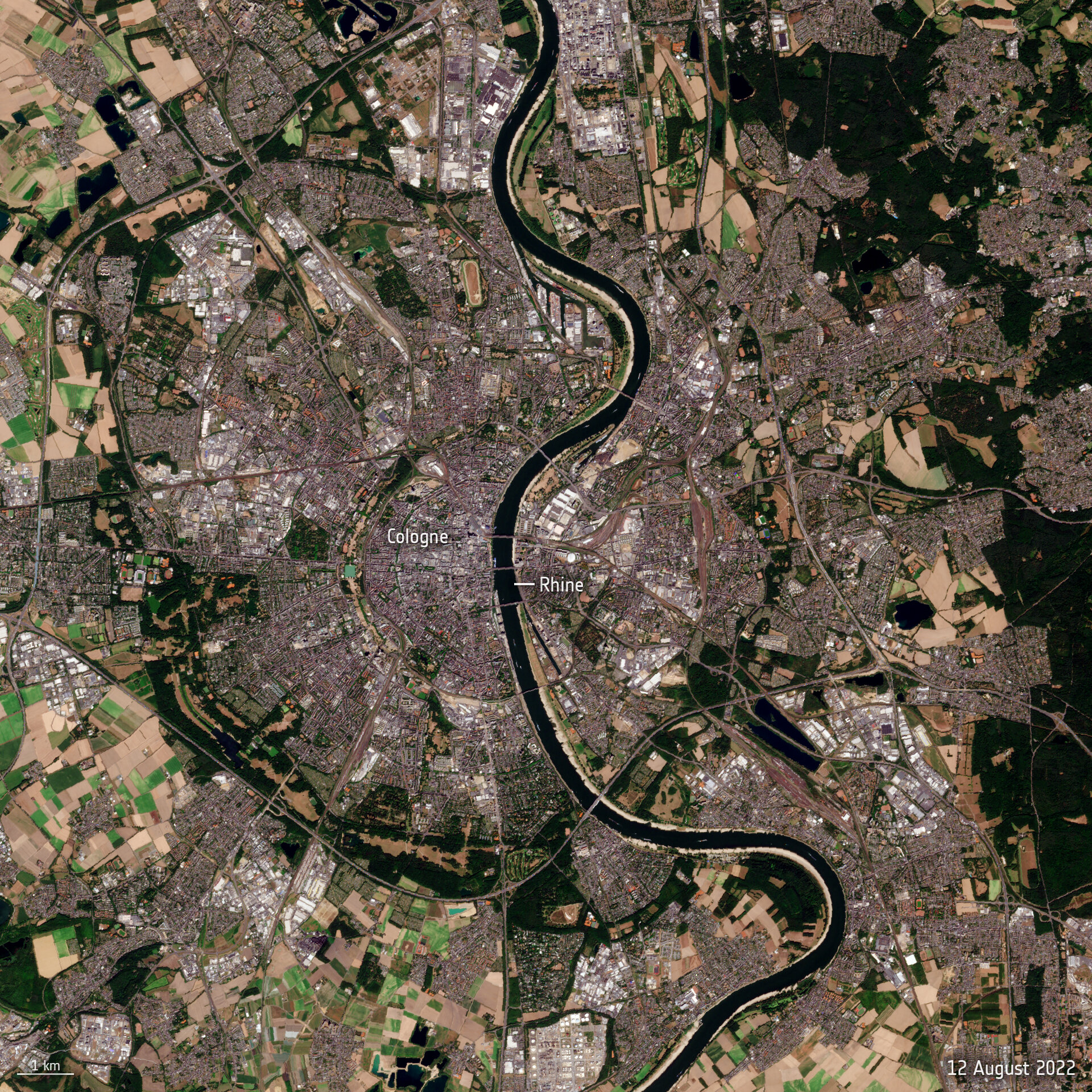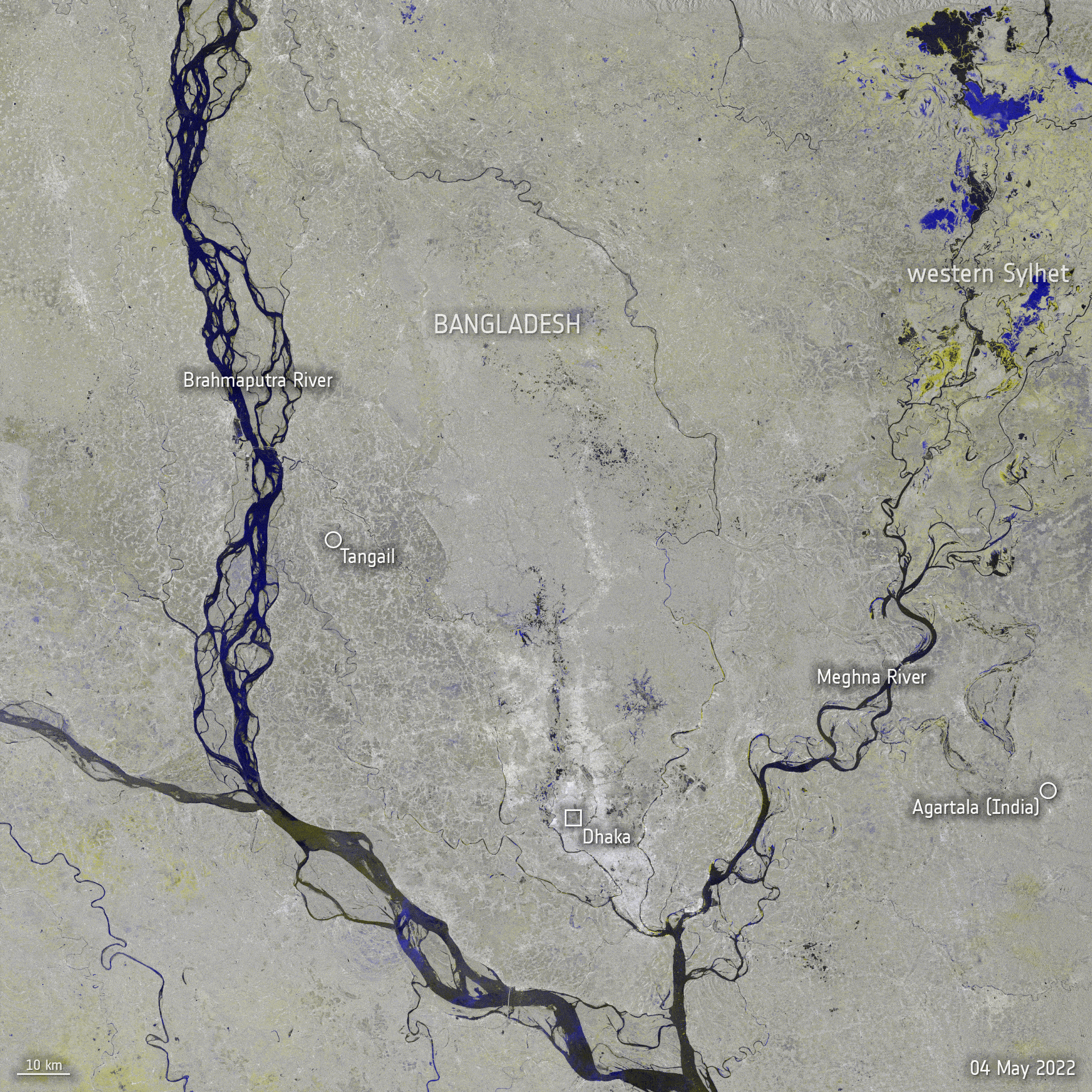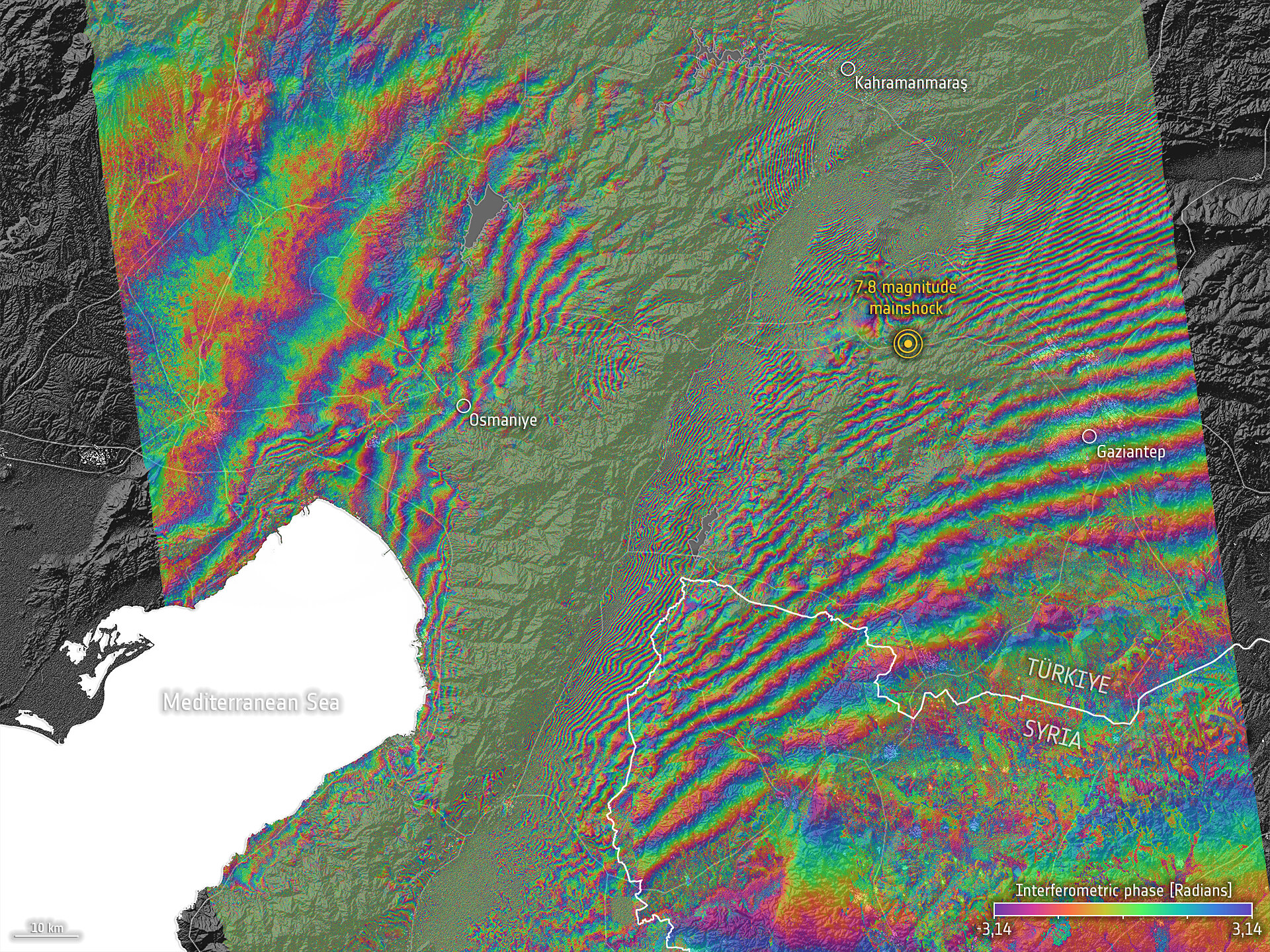25 times Copernicus made the headlines
Twenty-five years ago, Copernicus set out to transform the way we see our planet. Now, well established as the largest environmental monitoring programme in the world, it returns a whopping 16 terabytes of high-quality data every single day. To mark a quarter-century of European success in space, we look back at a selection of 25 Copernicus highlights.
‘Europe’s eyes on Earth’ started in 1998 with the signature of the Baveno Manifesto as an idea for an operational environmental monitoring programme. Initially called Global Monitoring for Environmental Security (GMES), the programme was designed to deliver valuable data that could assist in various aspects of public policy such as understanding and mitigating the effects of climate change.

Twenty-five years on, Copernicus is in full swing. With seven Copernicus Sentinel satellites in orbit, along with contributing missions and in-situ sensors, terabytes of free and open data and information services are provided daily to hundreds of thousands of users.
The data help address some of today’s key challenges such as diminishing polar ice, food security, rising sea levels, natural disasters and, of course, climate change.
To mark this quarter-century of European success in space, the Swedish Presidency of the Council of the European Union, the European Commission, the Swedish National Space Agency and ESA are gathering tomorrow in Stockholm, Sweden, to reflect on the successes of the different components of Copernicus: civil protection, climate, land and marine observation.
For those who cannot attend, the event is live streamed from 09:00 CEST onwards on 8 June. A replay is also available to relive the event.
To celebrate the anniversary remotely, browse through our selection of images featuring ice, volcanic eruptions, fire, floods, penguin colonies and much more to discover some of the highlights brought to you by Copernicus.



